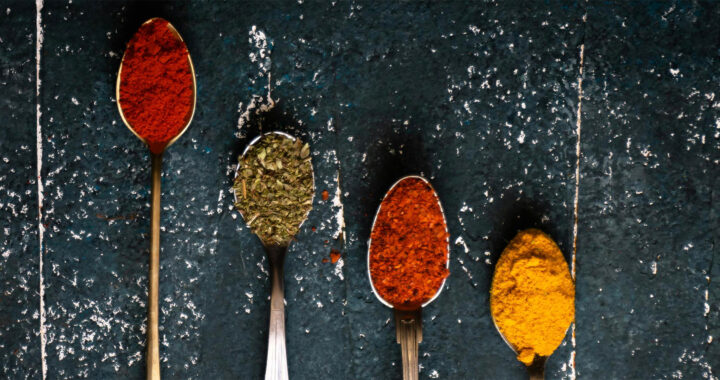You better think twice before purchasing and taking food supplements without consulting your physician. Researchers from the University of Michigan in Ann Arbor identified 6 common herbal or botanical supplements known for hepatoxicity in their literature review. These are turmeric, green tea, ashwagandha, brindle berry or Garcinia cambogia, red yeast rice, and black cohosh or black snakeroot. Their investigation specifically revealed that more than 15 million American adults may be endangering their health by consuming either one of these supplements. Details of their study were published in August 2024 in JAMA Network Open.
The Estimated Exposure to 6 Potentially Hepatotoxic Botanicals in American Adults
Background
Researchers A. Likhitsup, V. L. Chen, and R. J. Fontana started their investigation with a review of the relevant literature. Their discussion identified turmeric or curcumin, green tea extract, Garcinia cambogia, black cohosh, red yeast rice, and ashwagandha as the most frequently reported hepatoxic botanicals. This means that consuming them in certain doses and within particular periods can lead to liver damage and develop further into acute liver failure.
Their study specifically centered on determining what percentage of U.S. adults use at least one of these botanicals. 2017 to 2020 Data from the National Health and Nutrition Examination Survey were analyzed. Note that these data are cross-sectional and nationally representative of the United States population. Prescription drug and supplement exposure data in the past 30 days were specifically examined. Data from the 2020 U.S. Census were used for population estimates.
Key Findings
• 56.7 percent of the 9685 adults used some type of herbal and dietary supplements. 4.7 percent used at least one of the 6 botanicals in question.
• Turmeric was the most commonly used, followed by green tea, ashwagandha, Garcinia cambogia, red yeast rice, and black cohosh.
• Users of these botanicals were older, more educated, and more likely to have arthritis compared to those who did not use herbal and dietary supplements.
• About 15.6 million U.S. adults consumed at least one of these products in the past 30 days according to the estimates of the researchers.
• The aforementioned number is similar to the estimated usage of some prescription drugs like simvastatin and nonsteroidal anti-inflammatory drugs.
Implications
Note that the 6 identified botanicals are considered potentially toxic to the liver because they contain compounds that interact with liver metabolism. Turmeric, for example, may induce oxidative stress and inflammation in liver cells. Green tree extract contains catechins that can cause both oxidative stress and mitochondrial interference.
The widespread sales and consumption of these potentially hepatotoxic botanical products or food supplements highlights the need for regulatory oversight. A. Likhitsup, V. L. Chen, and R. J. Fontana further recommended that clinicians should monitor for possible adverse effects given the risks associated with these unregulated products.
Nevertheless, based on the results, millions of Americans use botanical products with potential liver toxicity risks. The usage is often for general health maintenance. The findings emphasize the need for awareness among healthcare providers, better regulation of these supplements to mitigate health risks, and increased consumer education campaigns.
FURTHER READING AND REFERENCE
- Likhitsup, A., Chen, V. L., and Fontana, R. J. 2024. “Estimated Exposure to 6 Potentially Hepatotoxic Botanicals in US Adults. In JAMA Network Open. 7(8): e2425822. American Medical Association. DOI: 1001/jamanetworkopen.2024.25822





